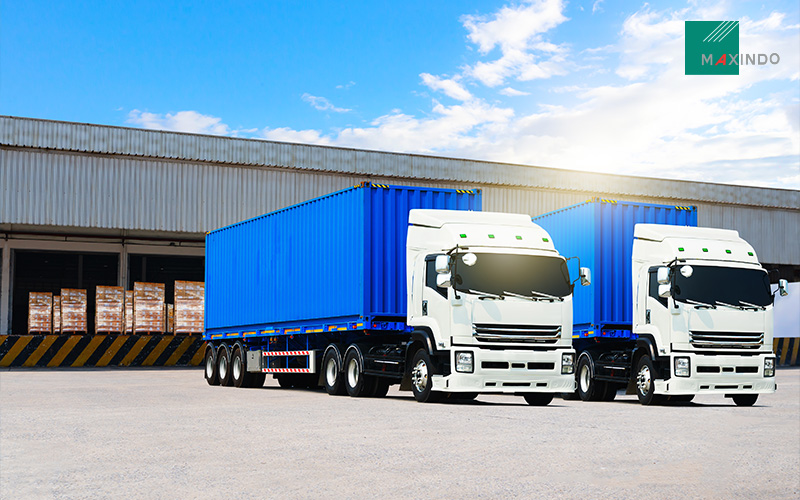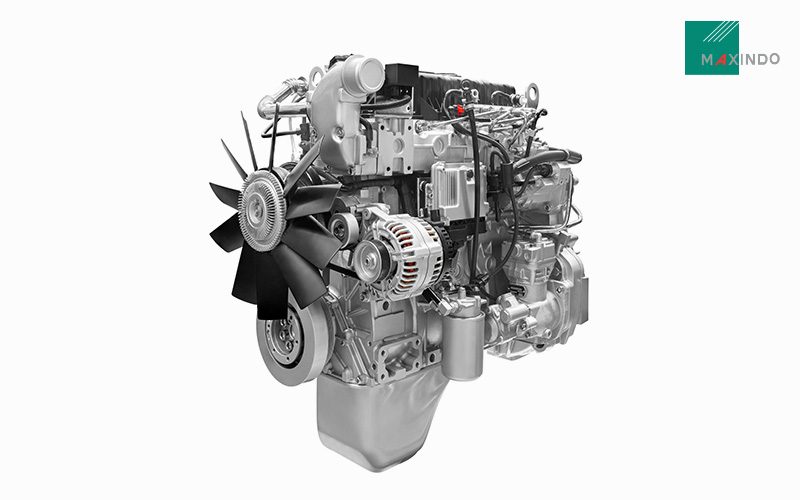Key Takeaways:
What Should Businesses Know About the Difference Between Lorries vs Trucks?
- Lorries are lighter and suited for short-distance deliveries, while trucks handle heavier loads and long-haul transport.
- Mechanically, trucks and lorries differ in engine power, axle count, and load capacity, influencing how they perform and are maintained.

Introduction
In the logistics and transport industry, the terms “lorry” and “truck” are often used interchangeably to describe vehicles that move goods from one place to another. While both serve the same purpose of transporting cargo, their usage and technical details can differ depending on regional terminology, vehicle design, and industry context. For fleet managers, logistics companies, and truck parts suppliers in Singapore, understanding their differences helps ensure the right vehicle choice, proper maintenance, and smoother commercial fleet management.
In this article, we explore the nuances of lorry vs truck, exploring their definitions, regulatory implications, and practical applications in the local transport sector.
Lorry vs Truck: What’s the Difference?
A lorry, in the context of Singapore, often refers to a motor vehicle designed primarily for transporting goods. Featuring a flatbed design, this type of heavy goods vehicle is used for local deliveries and logistics operations. Lorries can vary in size, but they are often lighter and more manoeuvrable than their truck counterparts. In many cases, lorries are preferred for short-distance transport due to their versatility and ease of use in urban environments.
On the other hand, a truck is a broader term that encompasses various types of heavy vehicles used for transporting goods. In Singapore, trucks are generally larger and can carry heavier loads compared to lorries. They often come with more advanced features, such as enhanced suspension and braking systems, making them suitable for long-distance travel and heavy-duty operations.
How Are Lorries and Trucks Classified by Vehicle Type?
By understanding the distinction between lorry vs truck and the various cargo vehicle classifications, fleet managers can make better decisions for their operations. In Singapore, vehicles are categorised by gross vehicle weight (GVW), which determines how they can be used on the road. This ensures businesses choose vehicles that suit their transport needs while staying compliant and efficient.
1. Light Commercial Vehicles (LCVs)
These include small lorries, pickup trucks, and delivery vans commonly used for short-haul, urban operations. They prioritise manoeuvrability, smaller engine capacity, and fuel efficiency. Businesses with local delivery routes or service fleets may benefit from LCVs the most.
2. Medium-Duty Vehicles
Box trucks, flatbeds, and compact lorries fall into this category. Built to handle moderate cargo weights, they feature reinforced chassis and engines designed for frequent start-stop conditions, typical in city logistics and construction support services.
3. Heavy Goods Vehicles (HGVs)
At the top end are heavy goods vehicles, often referred to as full-sized lorries or long-haul trucks. These vehicles feature high-torque diesel engines, multi-axle setups, and advanced suspension systems to support heavy cargo loads across long distances.
What Are the Key Mechanical and Functional Differences?
While both lorries and trucks are designed to transport goods efficiently, their mechanical structure, capacity, and operational purpose vary. These differences between lorry vs truck influence how each vehicle performs under various load conditions, how it’s maintained, and what role it plays in a logistics fleet.
1. Engines
Larger trucks and lorries are powered by heavy-duty diesel engines, optimised for high torque and endurance.

2. Chassis and Axles
Light trucks usually have two axles, while heavy lorries feature three or more, offering greater load stability and even weight distribution.
3. Load Handling
Trucks can refer to a broader spectrum, including smaller pickups. Meanwhile, lorries are usually associated with large-scale cargo transport and logistics operations.
These design nuances affect not only how fleets are deployed but also how they are maintained. Regular maintenance, the use of genuine components such as Nissan truck parts, and support from reliable truck parts suppliers are crucial for ensuring longevity and compliance.
Why Are HGVs Important in Commercial Fleet Management?
HGVs are essential to Singapore’s logistics and industrial sectors, supporting the movement of bulk goods, construction materials, and heavy equipment across the island. These vehicles play a part in ensuring supply chain efficiency, particularly for large-scale operations that require consistent, high-volume transportation. Unlike light commercial trucks used for small deliveries, HGVs are designed for durability, load capacity, and performance under demanding conditions.
How to Choose the Right HGV for Your Business
Selecting the right HGV is crucial for maintaining efficiency, reliability, and compliance in your business operations. Factors such as load capacity, delivery routes, and operational costs should guide your decision.
As an authorised distributor for Nissan and Volvo truck spare parts, Maxindo Enterprise keeps commercial fleets running reliably with genuine components and expert support. Our team assists HGV operators in maintaining peak performance and navigating the evolving regulatory standards within Singapore’s transport landscape.
Contact us to learn about our products and expertise.

